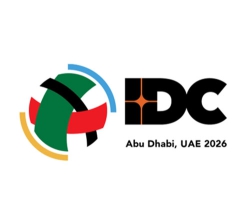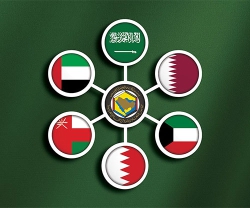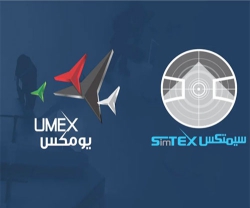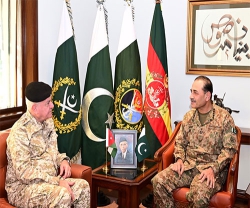Nevertheless the sanctions fail to spoil festive atmosphere and break down the show business program. The Russian companies succeeded to present at full strength ships and naval equipment for the growing national navy as well as export oriented products.


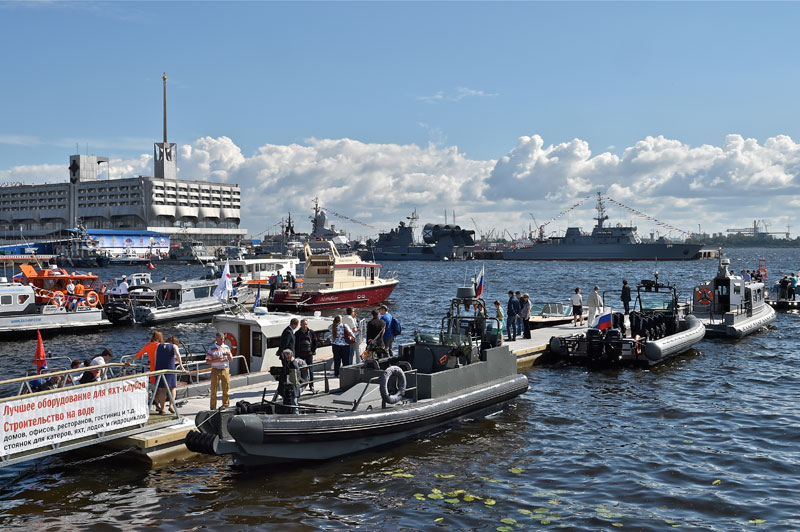


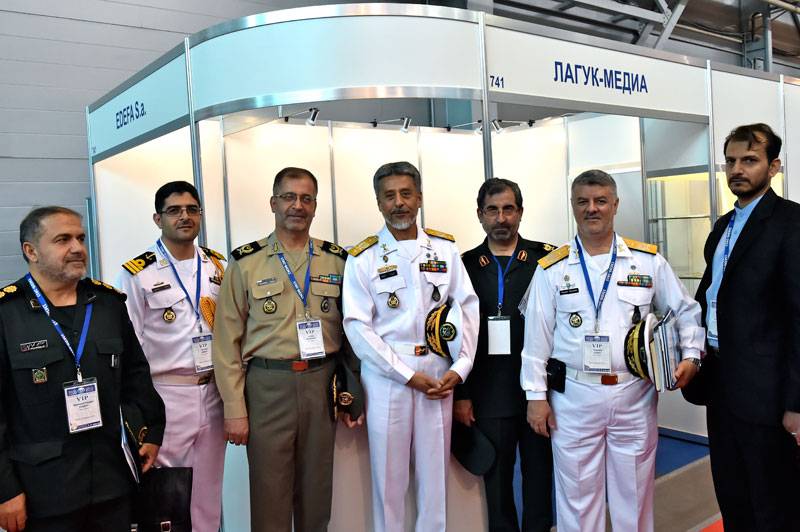
Over 40 new naval ships, vessels and boats were on display representing the Russian navy and Coast Guard as well as participating companies themselves. Among them one should mention “Stary Oskol” conventional submarine of 636.3 project, “Stoykiy” corvette of 22380 project, “Alexander Obuhov” minesweeper, project 12322 air-cushion landing craft, “Grachionok” anti-saboteur boat, “Dugon’” type air-cavern landing craft, “Serna” landing craft, BL-820 fast speed boat, project 03160 raptor patrol craft, project 23370 module multifunctional S&R craft.
Russian Navy
According to the Russian Navy Commander-in-Chief admiral Victor Chirkov, fifty new ships will be enlisted by the end of 2015.
His words were proved during IMDS. On July, 3rd Lenexpo visitors witnessed a ceremony of St. Andrew flag launch aboard “Stary Oskol” submarine celebrating the sips’ entering service with the Russian Navy. During the ceremony admiral Chirkov said that “Stary Oskol” submarine will help to maintain security and protect Russian national interests at the Black See and Mediterranean. It was also mentioned that the test service of the project 677 “Lada” initial submarine (St. Petersburg) would be completed by the end of this year while the air-independent propulsion system submarines construction to begin in 2018.
The same day IMDS witnesses St. Andrew flag aboard “Denis Davydov” landing craft while on July 4th the ceremony took place in Baltiysk aboard “Lieutenant Rimsky-Korsakov” and “Michman Lermontov” landing craft.
Victor Chirkov also specified November 25th as the date of “Igor Belousov” S&R vessel to enter service. The project 21300 rescue vessel was developed by the Almaz Design bureau to arrange S&R operations with submarines in emergency in submerged and ground position. The vessel is also able to provide means of rescue, air and electricity supply for submarines and surface ships.
The admiral confirmed that the existing fleet of landing craft would be replaced completely by modern once. The maiden ship of “Ivan Gren” project is to enter service by the end of 2015. The ship has 5000 t displacement being capable to land up to 300 marines with 40 APCs or 13 tanks. The ship’s armament includes 76 mm gun to two 30mm antiaircraft AK-630 gun mount as well as MLRS. The ship hosts Ka-29 helicopter on the deck. By 2020 the Russian Navy is to receive the first new generation large landing ship surpassing “Ivan Gren” in times by displacement with several helicopters on board.
Chirkov stressed that Russia is capable to build Mistral-scale LHD independently. He mentioned that Army-2015 exhibition presented a mock-up of such a project which could surpass her French counterpart. The project is planned to carry up to 16 helicopters with 450 troopers and 80 vehicles.
According to the admiral Russia is going to construct a new set of 18 corvettes with cruise missiles titled project 22800. The maiden ship is to be launched by the end of the year. While the R&D works have not been completed Chirkov disclosed some of the ships features. The corvettes are to be equipped domestic propulsion system having operational range of 1000 mm and 30 days endurance. The corvette combat capacity is to be close to “Admiral Grigorovich” - type frigate.
The Russian Navy C-i-C gave comments on the “Leader” prospect destroyer. The ships technical project is under development to be approved by the Navy shortly. “Leader’s” displacement is to be around 15-17 thousand t. The weaponry is to include cruise missile as we as future generation air defense. The ship’s construction is to start around 2019.
Military-Technical Cooperation
Rosoboronexport is an official IMDS-2015 sponsor and a regular participate of the Sr. Petersburg naval show. The Russia’s sole armed strength mediator presented a verity of new naval shops and equipment for the foreign participants and delegates.
“Nowadays Rosoboronexport naval sales portfolio includes contracts world over 5 billion USD”, - claimed Rosoboronexport deputy CEO Igor Sevastyanov who headed the company delegation at IMDS.
Speaking about the show results he mentioned that Russia and India were in a process of negotiations on a number of questions. Russia has already delivered 6 frigates 11356 project: three in 2003-2004, another three in 2012-2013. Negotiations are going around of extra batch of three ships which have been highly estimated by the Indian navy “Now we are under discussion with the Indian side concerning this particular contract. Negotiations are at full strength with several options of the contract fulfillment”.
Sevastyanov also mentioned that Russia was conducting talks with India on 75 I project submarine “The related negotiations with India are on the way by Rosoboronexport and Rubin Design bureau. No firm decision has been done yet as the tender is not officially announced.”
India is going to start license production of the Russian designed project 2700 “Alexandrite” anti-mine vessel. The Indians are keen on the ship’s capabilities and want to build a large set. This year the Russian Navy received the project 2700 “Alexandrite” mine sweeper – “Alexander Obuhov” with a total number of ships on demand up to 30 units. The mine sweeper displacement is 890 t with a full speed 16.5 knots. The hull is made of fiberglass to drop down the ship’s mass and extend its lifecycle over 30 years.
Igor Sevastyanov also mentioned that several nations of Latin America, Middle East and South East Asia are interested in Mangust fast patrol craft of 12150 project. According to the Vympel Shipyard CEO Oleg Belkov Mangust’ export could start this year. He mentioned Vietnam, India, Brazil and several African nations as the prospects customers. Mr. Belkov estimated that around 50 units could be sold in total including some jointly built.
The project 12418 “Molnia” missile boat for the Vietnamese navy can be equipped with the new cruise missiles. The boats are under license production in Vietnam and the national navy would like to upgrade them. The first deal on “Molnia” was signed with Vietnam in 2003. According to the contract two Russian made boats were delivered in 2007-2008 with 4 built in Vietnam under license later on. All the existing boats have been equipped with the ‘Uran’ cruise missiles, AK-176 76mm artillery mount, 2 AK-630M air-defense mounts and Igla MANPADS.
Mr. Sevastyanov confirmed Russia’s readiness to fulfill the contract with China on delivery and maintenance of the 4 Zubr air-cushion large landing craft. The Theodosia-based More plant has been a prime contractor for that PRC- Ukraine deal and with the Crimea return to Russia the contract has come under the Russian Federation, i.e. Rosoboronexport responsibility.
News from Exhibitors
The Russian Navy as well as foreign delegations stressed their interests for the “YUNONA” autonomous underwater vehicle. The UAV is designed for underwater search and inspections operations, search tasks during rescue operations, as well as for mapping, topographic surveying, sea bottom inspection including shallow waters. The vehicle is capable to provide a variety of measures including temperature. Operational depth – 1000 m below surface, endurance up to 6 hours. The vehicle’s weight is 80 kg with length of 2.9 m and 0.2 m diameter. “There are several foreign analogues but our vehicle is several times cheaper as it is 100% Russian made. Here, with “YUNONA”, Rubin is not just a designer but also a producer of the vehicle”, - stressed Rubin Marine Design bureau CEO Igor Vilnit.
The Russian Helicopters Holding demonstrated a naval version of its world-known Ka-52 Alligator attack helicopter. The new rotorcraft received Ka-52K designation and made its public debut at the Army-2015 exhibition this June. The demonstrated vehicle is the first of the 4 experimental prototypes being manufactured at the Progress Aviation plant in Arsenyev. The helicopter has been primarily distinct for the Mistral type LHD. Due to the contract termination by the French side the Ka-52K future remains uncertain. According to the Tactical Missile Corporation CEO Boris Obnosov the helicopter incorporates Kh-35 anti-ship missile and Kh-38 “air-to-ground” missile.
Tula based Shipunov KBP Design bureau presented the naval version of the Pantsir-C1 air defense system. According to KBP CEO Dmitriy Konoplev, the Russian Ministry of Defense “showed great interest in the naval variant of the Pantsir. It has been decided that several destroyers and other large warships will be modernized to accommodate the system”. The module, titled Pantsir-M is equipped with two GSh-6-30K / AO-18KD 30 mm six-barrel guns as found on the Kasthtan CIWS. Pantsir-M also comes with an additional radar system, separate from the one fitted on top of the turret itself. The land based Pantsir-S1, produced by Russia’s HBP is a gun-missile system combining a wheeled vehicle mounting a fire-control radar and electro-optical sensor, two 30 mm cannons and up to 12 57E6 radio-command guided short-range missiles, and is designed to take on a variety of targets flying at low altitudes.
Several novelties were noticed at the Almaz-Antey Air Defense Concern exposition. Among them – the naval modification of the Izhevsk Kupol-made Tor SHORADS designated as Tor-M2KM as well as Komar combat module designed by the Ratep company on the basis of Gibka turret with Igla-M missiles.
Granit Electron Concern presented its latest C4I complexes for shipborne, shore and airborne application for the Russian Navy and export customers. The IMDS visitors were particularly attracted by the first time exhibited 3Tc-25E antenna device for target designation and detection radar of missile weaponry. During the show Granit-Electron officials stressed priority importance of cooperation with BrahMos for them. The Indian-Russian JV in its turn confirmed that Granit remains one of most reliable sub-contractors of the project.
Zvezda JSC made a debut for its latest M150 Pulsar diesel engine. The exhibited version was of the shipborne application but the plant is going to produce a whole family. The new engine has an attractive coast efficiency data with extended environment friendly lifecycle. The engine could successfully compete with the German MTU engines which delivery to Russia was stopped by sanctions. By the end of 2015 the company is going to deliver 14 engines to the Vympel shipyard for application aboard Mangust patrol boats.
Kolomna based Mashzavod developed a new diesel engine of 7500 kWt to replace foreign analogues on board the Russian naval ships and project 20385 corvettes in particular. The new engine is under the stand trials to come into serial production shortly.
Among the IMDS foreign participants the most impressive exposition were of BrahMos Aerospace, MTU and ECA Group. According to the Indian-Russian joint venture BrahMos CEO Mr. Kumar Mishra the company has good chances to employ its jointly developed missiles aboard a new batch of 11356 frigates not just for the Indian but also for the Russian Navy.
The German MTU (part of the Rolls Royce group), has been suffering of the anti-Russian sanctions. Several contracts were stopped due to the German government decision and the competitors – and not just Russian – started feeling the gap. It is interesting that the US based Cummins and Caterpillar extended their presence at the Russian market in times.
The French ECA Group is going to continue cooperation with Russia because its products including UAVs and fast craft are of nonmilitary application. It looks like such companies with a long-term strategy will benefit once sanctions are finished.
IMDS Future
Despite impressive results the IMDS future remains uncertain. The Lenexpo grounds have become a private property of an unnamed developer who is going to use that space for commercial construction. During IMDS-2015 the situation has been actively discussed with several variants of the show new location proposed. Among them were Kronstadt naval base, new exhibition complex near St. Petersburg international airport as well as Gulf of Finland shore grounds at the city outskirts. According to the experts and federal level officials all of such options are unacceptable as they are killing the IMDS unique feature of the live ships demonstration in a step distance from the exhibition pavilions. The announced proposal of reclaiming Lenexpo space into the city of federal property looks like the best possible solution. The draft is to be discussed by the end of September and the Russian naval community keeps fingers crossed for IMDS at its present location.

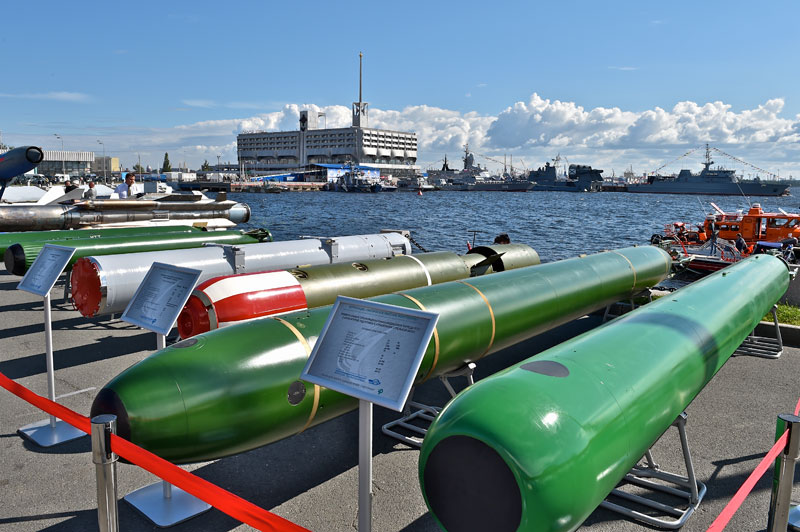

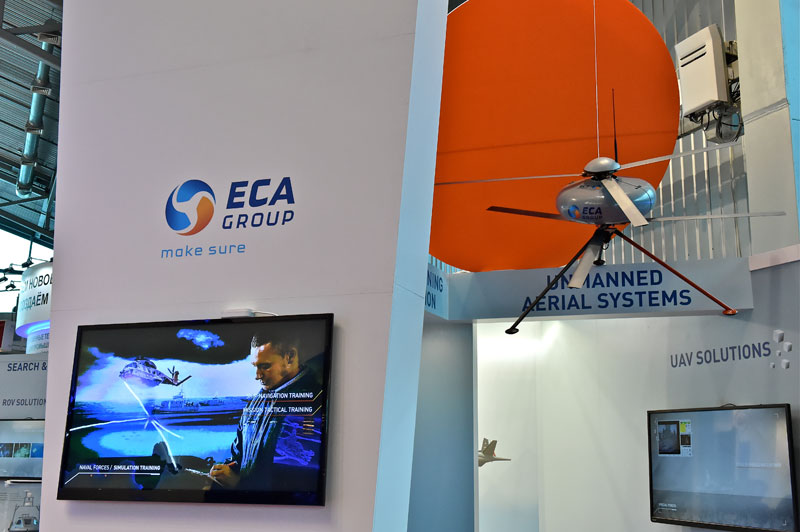
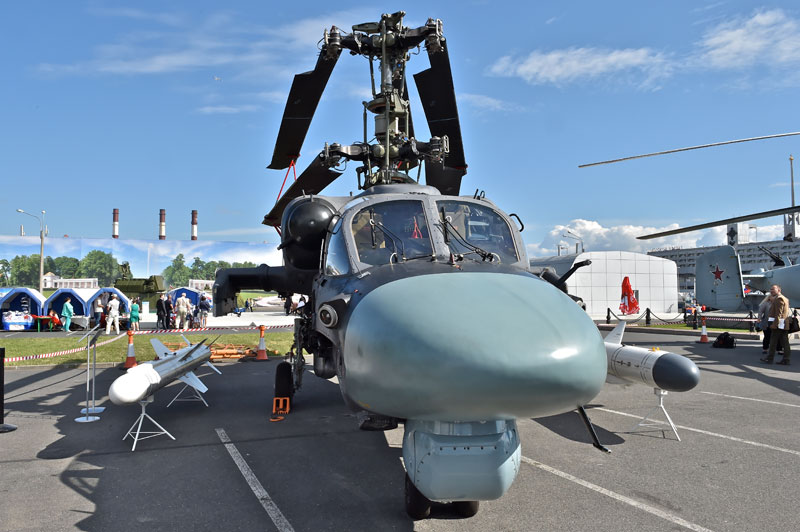




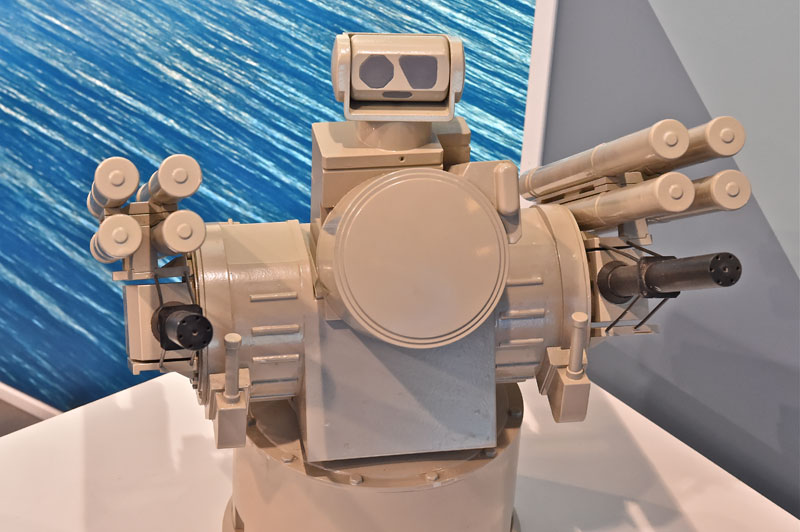





Yury Laskin and Sergei Kirshin, Photos Yury Laskin; Al Defaiya

